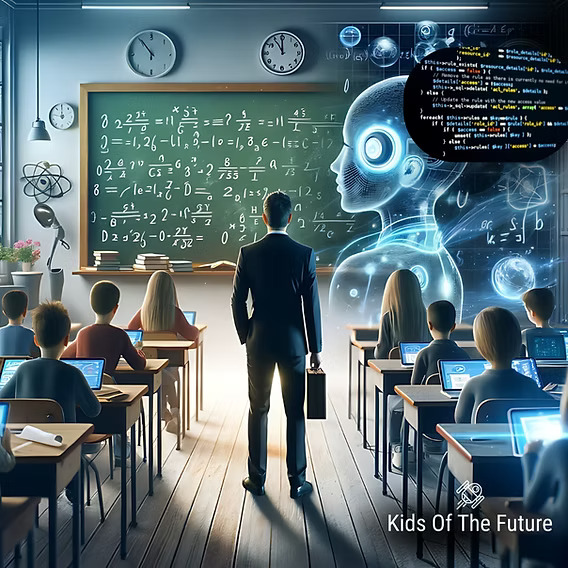
In recent years, the Gulf region has witnessed
a rapid transformation in its educational landscape. Traditional
classroom-based learning has gradually integrated with digital platforms,
creating hybrid learning models that combine the best of both worlds. Schools
in the UAE, Qatar, KSA, and Bahrain are increasingly adopting technology-driven
solutions to meet the growing demands of students and parents who seek
flexibility, personalization, and engagement.
Hybrid learning is more than just using
tablets or video lectures—it represents a pedagogical shift where teachers act
as facilitators, guiding students in exploring concepts rather than merely
delivering content. Personalized learning paths, adaptive assessments, and
online collaborative projects are becoming central to the Gulf’s educational
strategy.
One significant advantage of hybrid learning
is its ability to cater to diverse learning needs. Students who struggle in
traditional classrooms can benefit from self-paced online resources, while high
achievers can explore enrichment materials. Schools are now leveraging data
analytics to track student performance, identify knowledge gaps, and offer targeted
interventions, enhancing both learning outcomes and engagement.
Furthermore, the COVID-19 pandemic accelerated
digital adoption, and many institutions realized that hybrid models not only
ensure continuity in times of disruption but also promote skill development
relevant to the 21st century. Students gain digital literacy, collaboration
skills, and self-regulation, which are essential for future academic and
professional success.
Despite the advantages, hybrid learning poses
challenges such as the need for robust infrastructure, teacher training, and
parental support. Educators must design lessons that balance online and offline
activities, ensuring student motivation and participation. Parents play a vital
role in facilitating a structured learning environment at home while
encouraging independent study.
In conclusion, the Gulf’s education sector is
evolving towards a dynamic, student-centered approach where hybrid learning
takes the forefront. By combining traditional teaching with innovative digital
practices, schools can prepare students not just for exams, but for
life—equipping them with the knowledge, skills, and resilience required to
thrive in a rapidly changing world.



.jpeg)





.jpg)

